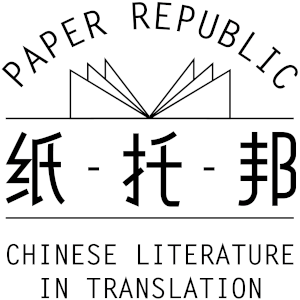红楼梦 (lit. The Story of the Stone)
Novel by Cao Xueqin.
Widely considered China's best (or at least most popular) novel, The Story of the Stone (also called The Dream of the Red Chamber) has played an enormous role in China's literature, academia, and culture, and continues to be a familiar element of popular culture and discourse.
It tells, in exhaustive naturalist detail, of the decline of the Jia family in 18th-century Beijing, the capital of the Qing dynasty. The cast of characters is vast, but at its heart are Jia Baoyu, the sensitive heir to a branch of the Jia family, and Lin Daiyu, Jia Baoyu's even more sensitive first cousin. Their tragic love story is set in a
The authorship of this novel is a controversy that has added to its appeal (and its value as a research subject). Prior to 1791, the first 80 chapters of the book (later ascertained as the work of Cao Xueqin) were circulated privately, in manuscript form (partially due to the rigorous censorship regime of the Qing dynasty). In 1791, a "complete edition" of the story was published by a pair named Chenggao and Gao E, which concluded the unfinished original with an additional 40 chapters (not written by Cao Xueqin). Scholars have bickered ever since about who wrote what, precisely, the perceived inferiority of the final 40 chapters to the first 80, and the fidelity of the post-hoc additions to the author's original plan for the story.
Translations:
The Story of the Stone
Translated by David Hawkes and John Minford, March, 1974
One of two main English translations of this classic Chinese novel, The Story of the Stone comes in five volumes, the first three translated by David Hawkes, the last two by John Minford.
Publications
| The Story of the Stone | Penguin | March 1974 | UK |
Original Publications:
| 红楼梦 | (Mainland China) |
The Paper Republic database exists for reference purposes only. We are not the publisher of these works, are not responsible for their contents, and cannot provide digital or paper copies.

